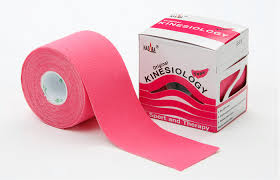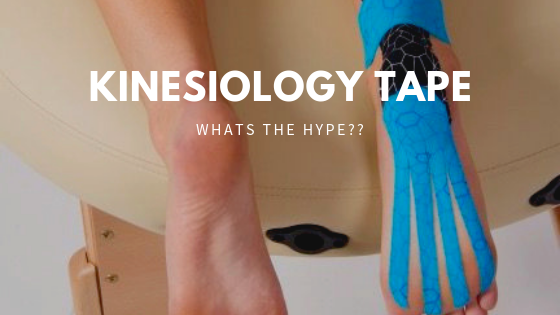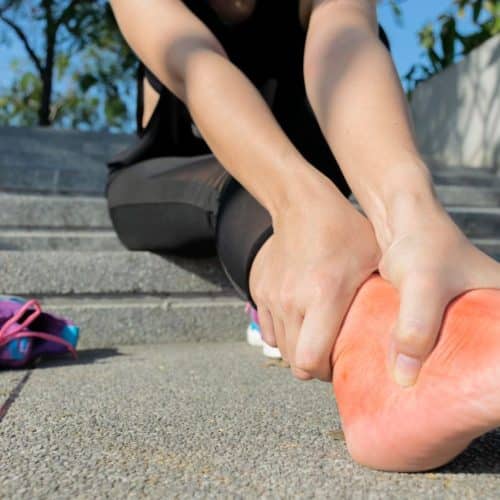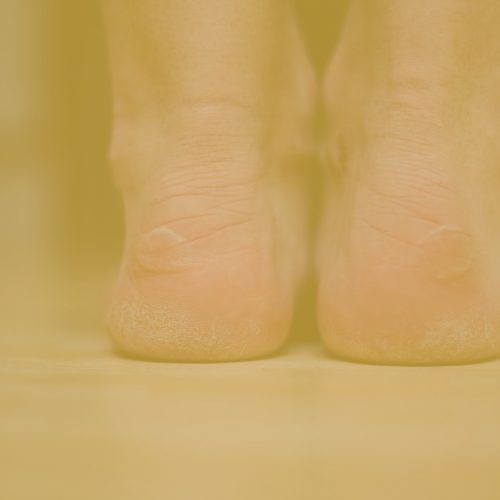
This tape, consisting of cotton fibers and polymer elastic strands was developed in the 1970s by Japanese chiropractor Kenzo Kase. It is now known as kinesiology tape.
Traditional sports tape, designed to prevent further strain by immobilising the injured muscle, can impede circulation. It can also slow down the body’s natural healing process.
Kinesiology tape allows support to injured muscles and postural correction while still allowing full range of motion. It promotes circulation to the injured area and increase lymphatic drainage.
Overall kinesiology tape keeps muscles moving and improves circulation, reducing pain and enhancing healing.
But how does a piece of brightly coloured tape do all this?
When the tape is applied correctly, it causes a lifting of the skin surface, creating a small space between the muscle, fascia and skin layers. This space allows for drainage and blood flow to move in and out of the area. This reduces pressure and inflammation in the tissue.
The sticky side of the tape uses a medical-grade acrylic adhesive that supports the muscles and connective tissues. Unlike conventional sports tape, it can stay on the skin for three to four days, with sweating and showering.
A study of 42 patients with shoulder pain, published in 2008 in the Journal of Orthopaedic & Sports Physical Therapy, “found that range of motion improved immediately after application of kinesiology tape, compared with a sham taping using no tension.” However, the study found no significant difference in pain or overall disability scores. A significant limitation of this study is that the kinesiology taping technique was not customised to each patient’s injury.
Depending on the injury, different techniques and dimensions of kinesiology tape should be used.
For example:
- Overused/injured muscles, requiring pain relief and healing. The tape is applied with no tension, starting from the tendons that hold the muscle to the bone and extending toward the origin of the muscle.
- Chronically weakened/ injured muscles, requiring support and full range of motion. The tape is applied with light tension, starting from the origin of the muscle and extending toward the tendons that hold the muscle to the bone.
So next time you have a soft tissue injury or postural problem speak to us at Well Heeled Podiatry about Kinesiology taping and reap the therapeutic effects.









